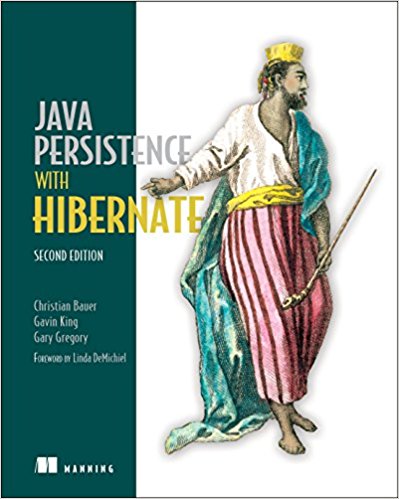Hibernate in Action: A Comprehensive Guide to Java Persistence
Hibernate has revolutionized the way developers interact with databases, providing a powerful and flexible object-relational mapping (ORM) solution for Java applications. This white paper delves into the depths of Hibernate, exploring its core concepts, features, and best practices.
1. Introduction to Hibernate
Hibernate acts as a bridge between Java objects and relational databases, automating the tedious tasks of mapping objects to tables and vice versa. This not only simplifies development but also enhances portability and maintainability of applications.
2. Core Concepts
- Object-Relational Mapping (ORM): Hibernate's core concept is ORM, which allows developers to work with objects in their natural form while Hibernate handles the underlying SQL queries.
- Entities and Mappings: Entities represent real-world objects in the application, while mappings define how these objects are mapped to database tables and columns.
- Hibernate Session: The Hibernate Session is the primary interface for interacting with the database, managing transactions and object persistence.
- Query Language (HQL): Hibernate's Query Language (HQL) provides a powerful and flexible way to retrieve and manipulate data from the database using object-oriented constructs.
- Criteria API: The Criteria API offers a more type-safe and flexible alternative to HQL for querying data.
3. Getting Started with Hibernate
This section guides you through the steps of setting up a Hibernate project, configuring the necessary dependencies, and creating your first entities and mappings.
4. Advanced Hibernate Features
- Caching: Hibernate's caching mechanism significantly improves performance by keeping frequently accessed objects in memory.
- Transactions: Hibernate provides robust transaction management, ensuring data consistency and integrity.
- Lazy Loading: This feature allows Hibernate to fetch related objects only when they are actually needed, optimizing performance.
- Filters: Filters provide a declarative way to apply dynamic filtering criteria to queries.
- Listeners: Listeners can be used to intercept and execute custom logic at various lifecycle events of entities.
5. Best Practices for Hibernate Development
- Design for Performance: Hibernate offers various optimization techniques to enhance the performance of your applications.
- Use Appropriate Mapping Strategies: Choose the right mapping strategy (XML or annotations) based on your project's requirements.
- Write Efficient Queries: Utilize HQL or the Criteria API to write concise and efficient queries.
- Leverage Caching: Configure caching appropriately to balance performance and memory usage.
- Monitor and Optimize: Regularly monitor your application's performance and fine-tune Hibernate configurations as needed.
6. Case Study: Building a Real-World Application with Hibernate
This section demonstrates the practical application of Hibernate concepts by building a simple CRUD application using Hibernate.
7. Conclusion
Hibernate is an indispensable tool for Java developers working with relational databases. Its powerful features, ease of use, and active community make it a top choice for building scalable and maintainable enterprise applications.
References
- Java Persistence with Hibernate by Christian Bauer and Gavin King
- Hibernate Documentation



